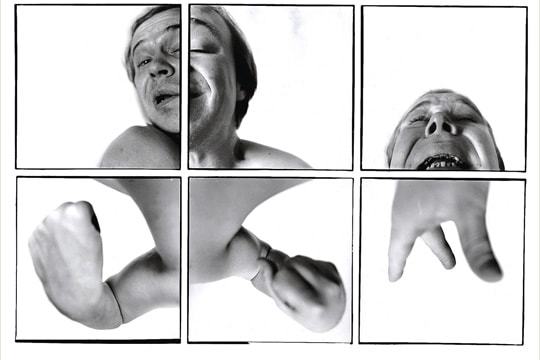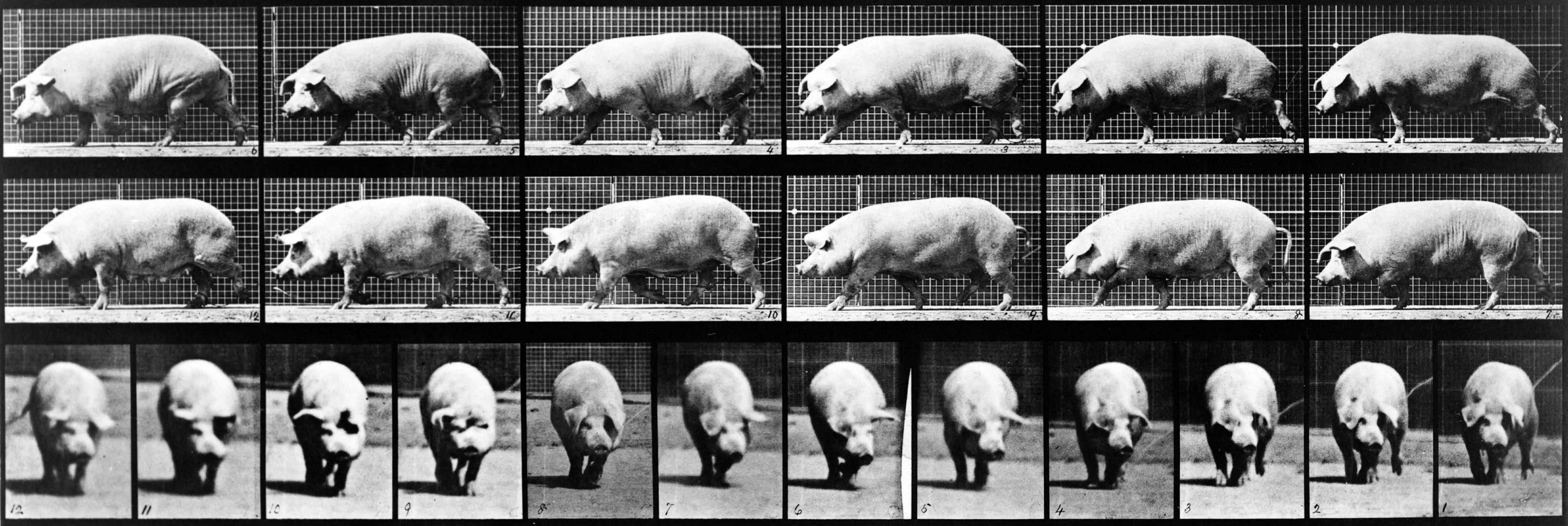Initial ideas:
• markings and patterns, shells, butterflies, trees, dog breeds, eggs, seeds, collections
• family resemblance, size, shape, facial characteristics
• customs, conventions, foods, languages,
• uniformity, conformity, standardisation, monotony, routine, supermarkets, car parks, office buildings
• housing estates, blocks of flats, front gardens, windows, doors, lockers,
• attempts to achieve individuality, standing out from the crowd
• market stalls, spice racks, car boot sales, zoos, public gardens
• microscopic creatures, snowflakes, crystals
• symmetry, asymmetry, structural variation, flaws, faults, schisms
• colour, tone, texture, shape, scale
• seasons, climates, weather types
A L T E R N A T I V E P H O T O G R A P H Y
In such an accessible medium as photography, the human body has often been portrayed in a highly predictable way. Finding a variation on this well-worn theme can be difficult. Thomas Florschuetz and John Coplans are exceptions to this and have presented the body in ways that attempt to establish a more original variant on the theme. Hiroshi Sugimoto’s seascapes present a more minimalist approach transcending the conventional seaside image.


M O V E M E N T
The illusion of movement is created by running together sequences of single images, each being a slight variant on the previous one. Eadweard Muybridge’s photographs from the 1880s are still used as a basis for studying motion by animators and filmmakers. Gifs made of his photographic series have a quality that is somehow both humorous and compelling. Steven Pippin in Laundromat Locomotion paid homage to Muybridge’s processes. Étienne-Jules Marey’s photographs have similar aims, with perhaps more poetic qualities.

S U B T L E C H A N G E S
Many photographers, such as Lorna Simpson create subtle variations of a similar image to make their audience look more closely at the world. William Christenberry returns to the same places to photograph familiar objects and buildings over time, creating a kind of typology that has links with the work of Bernd and Hilla Becher. In his book where Children Sleep James Mollison records the sleeping conditions of different children across the world. Ian Breakwell, Jem Southam, Georg Gerster, Antony Cairns and Olafur Elliasson have all explored variations and similarities around given themes.

